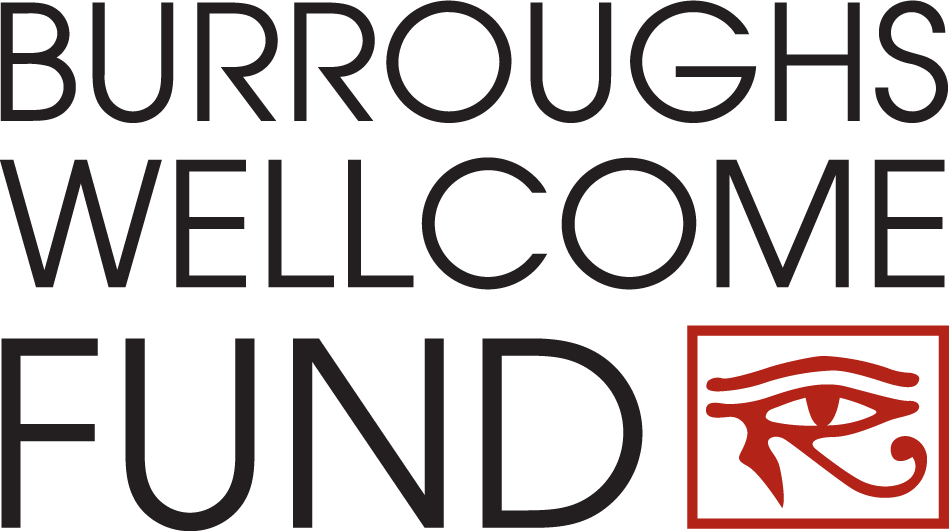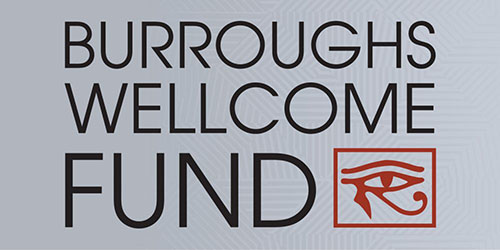RESEARCH TRIANGLE PARK, NC – The Burroughs Wellcome Fund Board of Directors approved the recipients of the 2012 Career Awards at the Scientific Interface at its May meeting. The award provides $500,000 over five years to support researchers in the quantitative sciences to pursue biological questions as they complete their postdoctoral training and transition to a faculty position.
Scientific advances such as genomics, quantitative structural biology, imaging techniques, and modeling of complex systems have created opportunities for exciting research careers at the interface between the physical/computational sciences and the biological sciences. Tackling key problems in biology require scientists trained in areas such as chemistry, physics, applied mathematics, computer science, and engineering.
Recognizing the vital role cross-trained scientists play in furthering biomedical science, the Burroughs Wellcome Fund developed the Career Awards at the Scientific Interface. These grants foster the early career development of researchers who have transitioned or are transitioning from undergraduate and/or graduate work in the physical/mathematical/computational sciences or engineering into postdoctoral work in the biological sciences, and who are dedicated to pursuing a career in academic research.
“While supporting biomedical research, it has become clear to us that biologists need to interact with physical scientists, mathematicians, and engineers to combine the latest techniques with the insights of those outside biology to answer the most difficult problems of our time,” said BWF President John Burris. “The CASI program provides an opportunity for postdoctoral fellows from the world of the physical and mathematical sciences to bring their insights to bear on perplexing biological problems.”
Since the program began in 2001, a total of 89 awards have been made for an investment of nearly $45 million.
The 2012 recipients of the Career Award at the Scientific Interface are:
Buz M. Barstow, Ph.D.
Harvard Medical School
Evolving the limits of metabolism and in vivo catalysis
ShiNung Ching, Ph.D.
Harvard Medical School – Massachusetts General Hospital
Towards treatments in disorders of consciousness and new models of general anesthesia
Kwanghun Chung, Ph.D.
Stanford University
Clear, Lipid-exchanged, Anatomically Rigid, Imaging/immunostaining-compatible, Tissue hYdrogel (CLARITY) technology for high-throughput and high-content whole tissue analysis
Robert Gregg, Ph.D.
Northwestern University
From machine to biomimetic control in robot-assisted walking
Maureen E. Hillenmeyer, Ph.D.
Stanford University
In vivo synthetic evolution of bioactive natural products
Allon Moshe Klein, Ph.D.
Harvard Medical School
Defining patterns and mechanisms of stem cell fate choice
Sergey A. Kryazhimskiy, Ph.D.
Harvard University
Predicting evolution in microbial populations
Heather J. Kulik, Ph.D.
Stanford University
Deciphering the role of the protein scaffold in enzyme catalysis with fast and accurate computation
Lulu Qian, Ph.D.
California Institute of Technology
Exploring and re-realizing the principles of information processing in biology using artificial nucleic-acid systems
Jesse G. Zalatan, Ph.D.
University of California-San Francisco
Entropic contributions to efficiency in biochemical networks
Media/PIO Contact: Russ Campbell 919/667-8866, news@bwfund.org


Comments are closed.